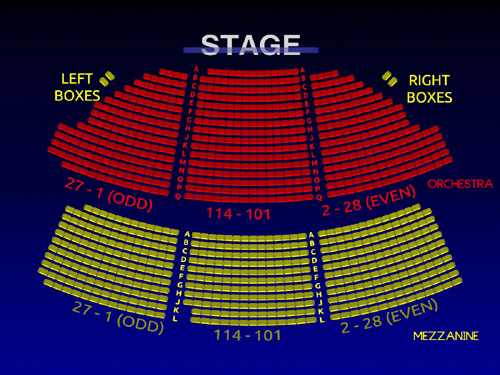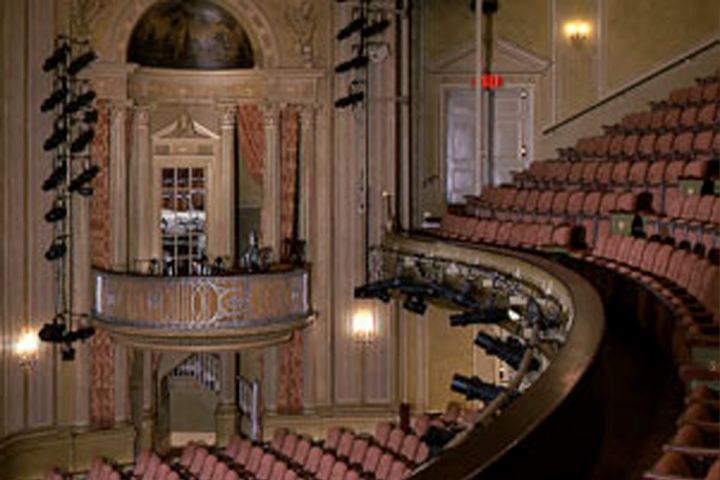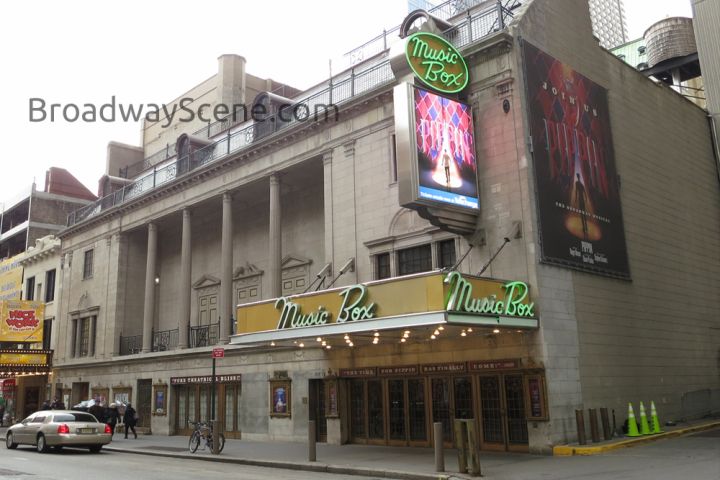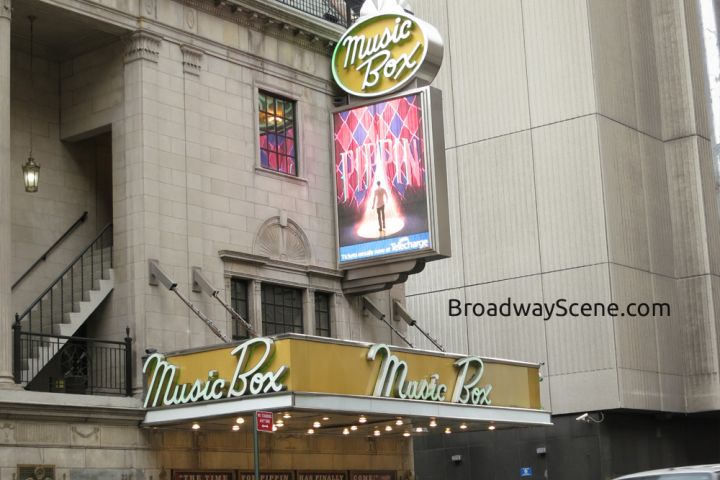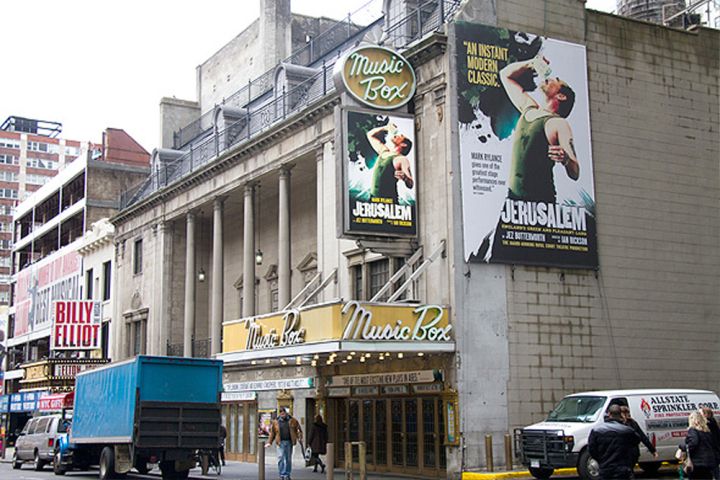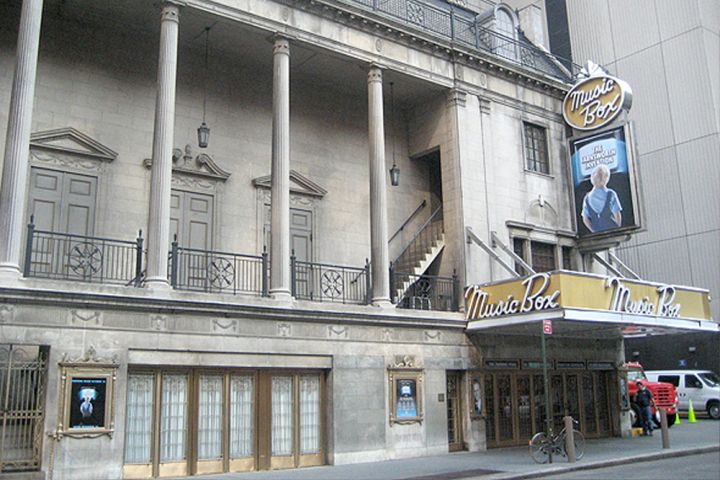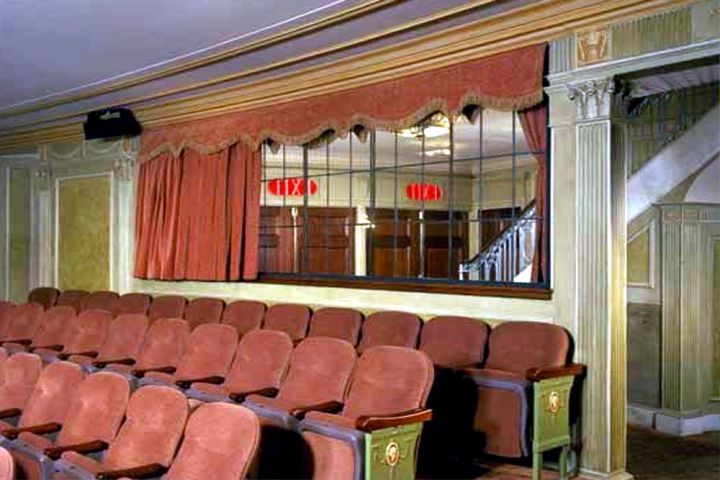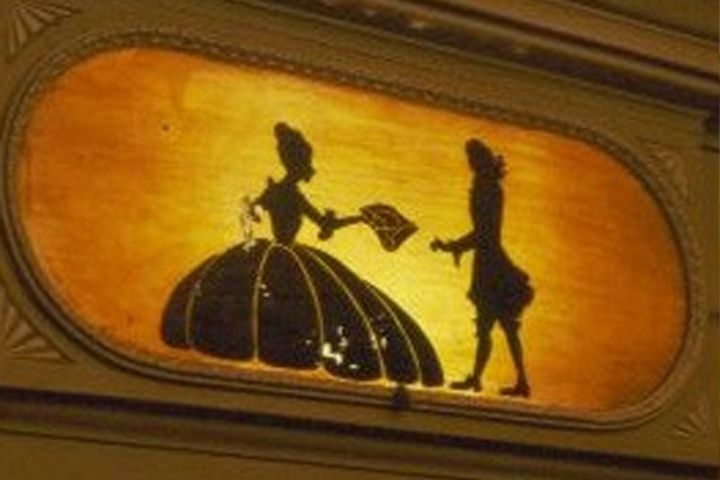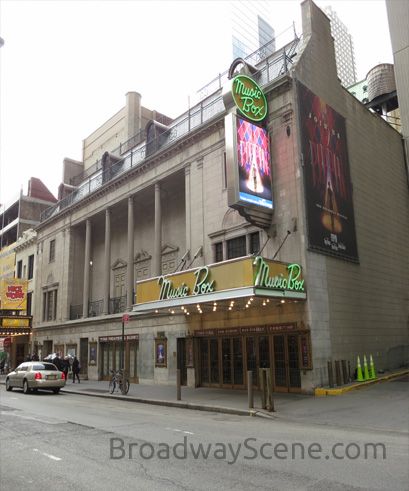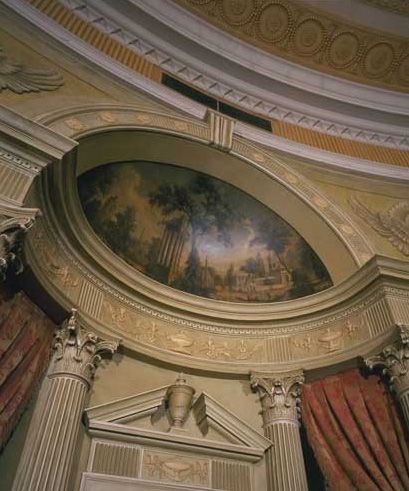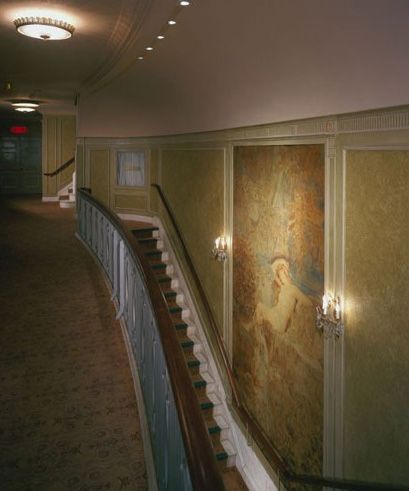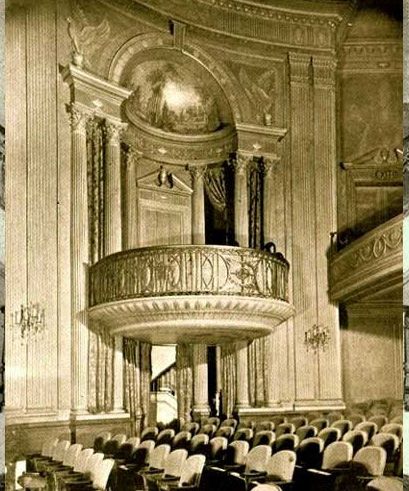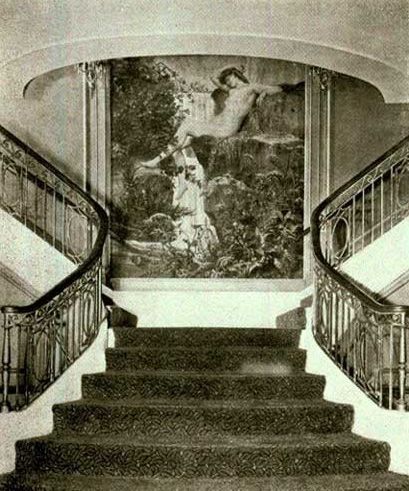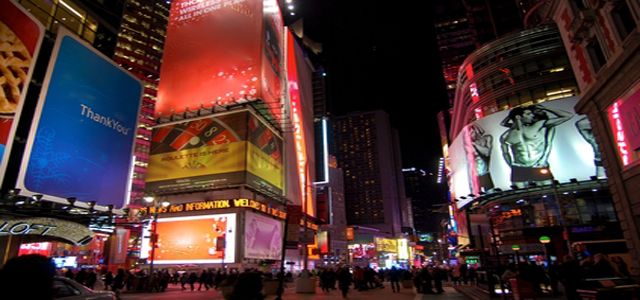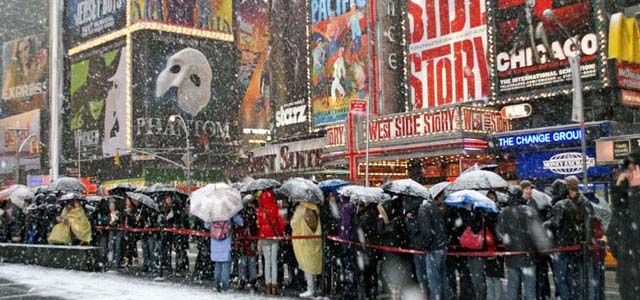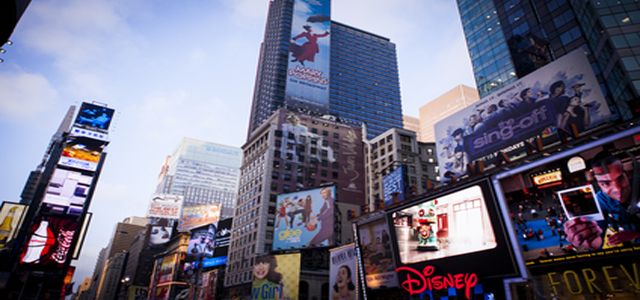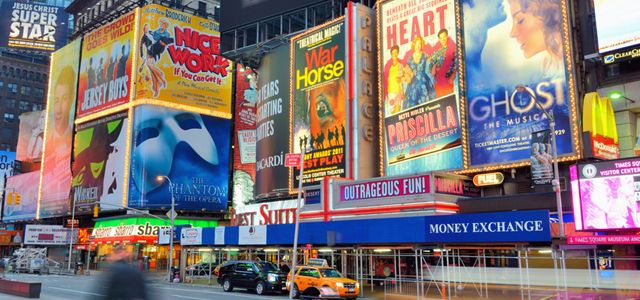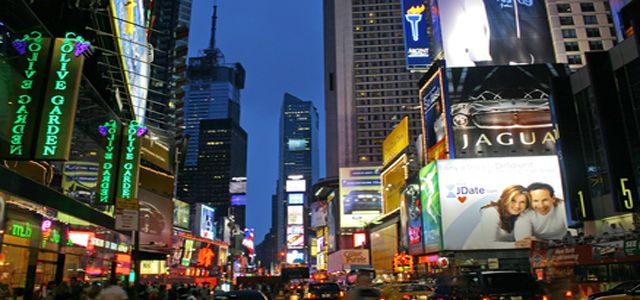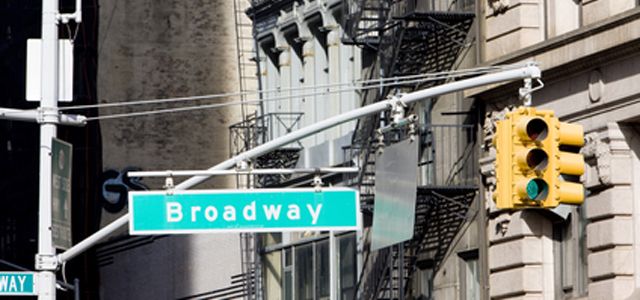The Music Box Theatre
 The inspiration to design the Music Box Theatre began when Sam K. Harris, the renowned theatrical producer, made a proposal to his friend Irving Berlin in 1919: if Berlin would create a musical revue, Harris would find a home for it. Berlin ended up writing The Music Box Revue, and the Music Box was constructed to house the show in 1920. In the 1920s, the Shuberts began obtaining shares of the theatre from Harris. Harris died in 1941, and his wife sold half of the shares in the theatre to the Shuberts and half to Berlin. Berlin and the Shuberts had equal ownership of the theatre from that point on until 2007 when the Shuberts acquired full ownership.
The inspiration to design the Music Box Theatre began when Sam K. Harris, the renowned theatrical producer, made a proposal to his friend Irving Berlin in 1919: if Berlin would create a musical revue, Harris would find a home for it. Berlin ended up writing The Music Box Revue, and the Music Box was constructed to house the show in 1920. In the 1920s, the Shuberts began obtaining shares of the theatre from Harris. Harris died in 1941, and his wife sold half of the shares in the theatre to the Shuberts and half to Berlin. Berlin and the Shuberts had equal ownership of the theatre from that point on until 2007 when the Shuberts acquired full ownership.
An Abundant History
In September 1921, the Music Box had a dazzling opening of The Music Box Revue. It was so successful that Berlin wrote a completely new version of the show every year until 1925. In 1925, the theatre began staging numerous non-musicals, including Cradle Snatchers (1925), starring Humphrey Bogart, and Chicago (1926), which served as the foundation for the long-running musical by Kander and Ebb. George S. Kaufman and Moss Hart took the 1930s and the Music Box by storm with productions including their first collaboration Once in a Lifetime, their popular play The Man Who Came to Dinner, and Merrily We Roll Along (1934)—which Stephen Sondheim eventually adapted into a musical.
In 1931, Kaufman and Morrie Ryskind wrote the book for the Gershwin musical Of Thee I Sing, which was the first musical to win the Pulitzer Prize. In the 1940s and 1950s, several significant performers graced the Music Box stage, including Gypsy Rose Lee in Mike Todd’s Star and Garter (1942) and Marlon Brando in Rodgers and Hammerstein’s I Remember Mama (1944). Marlon Brando was featured again in Kurt Weill’s A Flag is Born (1946).
Playwright William Inge had successful productions at the theatre in the 1950s, including Picnic featuring Eileen Heckart and Paul Newman, The Dark at the Top of the Stairs with Eileen Heckart, and the Tony Award-winning Bus Stop. The Music Box has premiered the work of numerous notable twentieth century playwrights, including Harold Pinter’s The Homecoming (1967). Both Anthony Shaffer’s Sleuth (1970) and Ira Levin’s Deathtrap (1978) thrilled audiences with over one thousand performances each.
Other shows of the 1970s and 1980s included Agnes of God (1982) featuring Amanda Plummer, and Les Liaisons Dangereuses (1987) with Alan Rickman and Lindsay Duncan. In 2003, the Music Box staged a revival of Tennessee Williams’s Cat on a Hot Tin Roof starring Ashley Judd and Ned Beatty. In 2006, Julianne Moore debuted on Broadway in David Hare’s The Vertical Hour. Terrence McNally’s Deuces opened in 2007 with perennial Broadway stars Angela Lansbury and Marian Seldes.
A Delicate and Jewel-Like Venue
The intimate Music Box Theatre was designed by architects Charles Howard Crane and E. George Kiehler. The exterior is tastefully designed in limestone. The venue is named appropriately for its delicate, jewel-like characteristics. It was constructed in the neo-Georgian style, more in the fashion of a stately mansion than a standard Broadway playhouse. With a seating capacity of 860, the Music Box is one of the smaller theatres on Broadway. Its box seats are known for being extraordinarily large and round. The lobby showcases a plaque and wall display honoring its lavish history.
A Dream Theatre
The Music Box Theatre, referred to as a “dream theatre” by Moss Hart, has been home to various important musicals and dramas. The venue has been dedicated to legitimate productions and has been proclaimed many times to be “the best looking house on Broadway.” It is a jewel.
Google Street View

